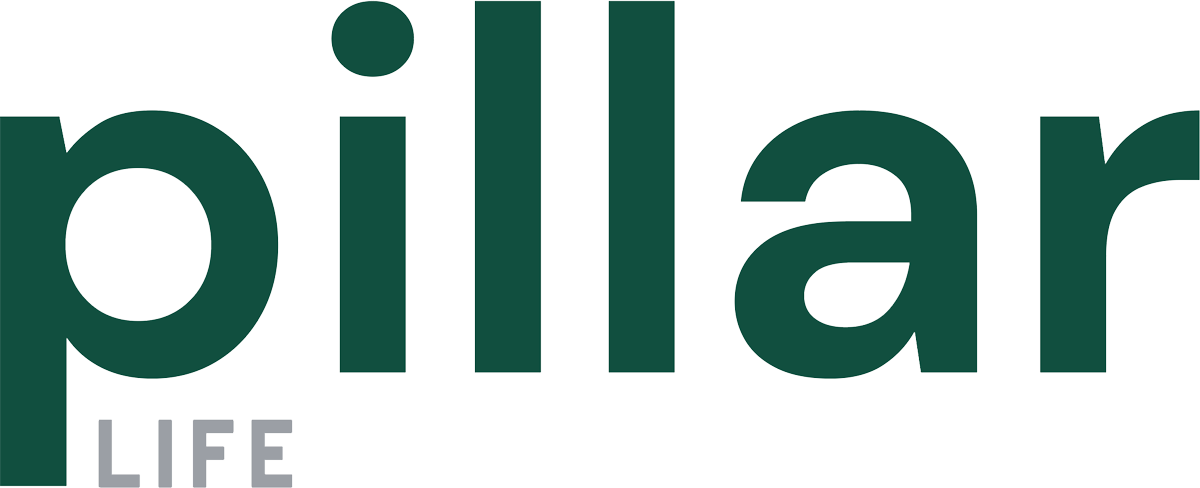
To make the most of your retirement, you need to carefully plan how to grow and protect your money. One goal that many people share is to have enough money accumulated to live a comfortable life after retirement. a number of different financial options. Some of the more popular choices include multi-year guaranteed annuities (MYGA), IRAs, and 401(k)s.
In this article, we will look at the differences and similarities between traditional retirement accounts and MYGAs for retirement. We will examine their features and benefits and understand how they can help you prepare for retirement.
Understanding MYGA
A MYGA is a type of annuity that provides a fixed rate of growth over a set term. When you choose a MYGA, you agree to let your money grow at this fixed rate for a certain number of years. The rate doesn’t change, making the end-of-term value clear.
One of the bright spots of choosing a MYGA for retirement is its tax-deferred growth. You won’t pay taxes on your money’s growth until you withdraw it. This feature can be a good way to manage your tax situation, especially if you think you may be in a lower tax bracket in the future.
Additionally, MYGAs don’t restrict how much money you can put in initially. Traditional retirement accounts allow contributions over time, whereas MYGA requires a one-time lump sum. This lack of contribution limits offers a wide berth for individuals with a substantial amount to set aside for the future.
Understanding Traditional Retirement Accounts
Individual retirement accounts (IRAs) and 401(k)s fall under the category of traditional retirement accounts. These accounts offer a way for people to set aside money for the future. They each carry their own set of rules and benefits tailored to different employment and income scenarios.
IRAs and 401(k)s operate under certain guidelines. One of these is a cap on how much money you can put into them each year, known as contribution limits. For instance, in 2023, you can only contribute up to $7,500 in a Roth IRA if you are 50 or older.
Income restrictions are also a factor to consider. High earners may find they can’t contribute as much, or at all, to these accounts. This is a way to make these benefits available to a wider range of earners.
Another notable aspect of these accounts is how they are taxed. The money placed in a traditional IRA or 401(k) is tax-deferred, meaning you do not pay taxes until withdrawal.
Furthermore, some traditional annuities, which are different from IRAs and 401(k)s, offer regular and predictable payments over time. This feature provides a steady income stream during retirement, giving a sense of financial stability.
Comparative Analysis
Let’s examine a comparison between MYGA and traditional retirement accounts based on several factors:
Flexibility
- MYGA: Offers a fixed rate of accumulation over a specified term.
- Traditional Retirement Accounts: Have varying flexibility with options to choose different avenues.
Tax Implications
- MYGA: Provides tax-deferred growth, meaning you don’t pay taxes on the growth until you take the money out.
- Traditional Retirement Accounts: Also offer tax-deferred growth; taxes are due upon withdrawal.
Income Restrictions
- MYGA: No income restrictions, making it accessible regardless of your earnings.
- Traditional Retirement Accounts: May have income restrictions impacting contribution limits.
Contribution Caps
- MYGA: No caps on the amount you can put in initially.
- Traditional Retirement Accounts: Have annual contribution limits.
The absence of income restrictions and contribution caps in MYGA stands out. This lack of limits makes MYGA a favorable choice for high earners or those with a lump sum to put away. Conversely, traditional retirement accounts offer a variety of choices, potentially suiting those who prefer having a range of options.
The tax-deferred nature of both MYGA and traditional retirement accounts is a shared advantage. It provides tax relief today, pushing the tax liability to the future, possibly when one may fall in a lower tax bracket.
MYGAs exhibit a level of steadiness with a fixed accumulation rate over a certain term. This can appeal to individuals seeking predictability in their retirement planning.
For individuals who prefer diversity in their retirement accounts, a MYGA is a great addition. While traditional retirement accounts offer varied options, integrating a MYGA can diversify their portfolios, providing a balanced blend of predictability and variety.
Final Thoughts
For many, adding a MYGA to a retirement plan is a valuable option. Pillar Life Insurance makes this easy using a self-serve MYGA platform. This allows you to explore MYGA options directly, without going through an agent, and still enjoy some of the best rates around while also shielding your money from the ups and downs in the market.
Review our platform, compare the options, and determine if a MYGA is a good fit for your retirement plan. With the right combination of financial options, you can work toward a more secure retirement. Contact Pillar Life Insurance today to learn more.
